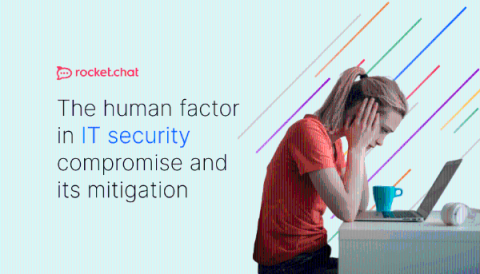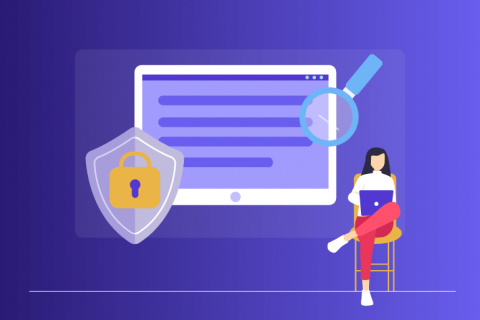Defining Your IT Security Perimeter
It wasn’t too long ago that a security system would be nothing more than a few walls, some cameras, and an inattentive security guard. That’s no longer the case In today’s digital landscape. Now organizations must invest in securing their assets from a growing number of cyberthreats. To start, they must first draw up the boundaries of their IT security perimeter.









